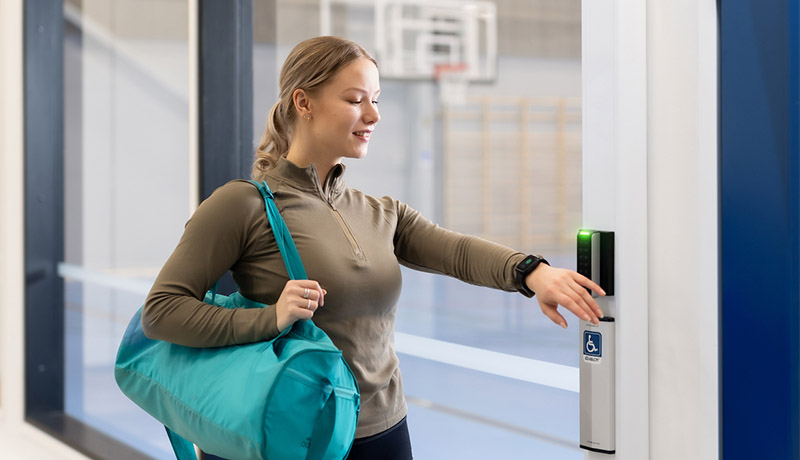
HID Global, a global provider of trusted identity solutions, has released the 2022 State of Access Control Report, which offers insightful insights into the market’s current state and trends.
The report, produced by IFSEC Global in collaboration with HID Global, surveyed just over 1,000 respondents from North America (56%), Europe (29%), and Asia Pacific (15%) to detail trends in the procurement, installation, specification, and operation of physical access control solutions.
The report describes the current state of the market, the technology in use, and the trends that security and IT professionals are witnessing and anticipating in the coming years, including:
Ease of use is the most crucial reason to upgrade to a new access control system, according to 60% of the respondents. This means that in addition to securing premises, a new system must provide a smooth and straightforward process for both users (employees, residents or visitors) and administrators (security, facilities and IT teams).
Mobile Access and Touchless Capabilities: It’s no surprise, then, that demand for mobile access is increasing, with 42% of respondents planning to upgrade to mobile-ready systems. While security system administrators benefit from increased operational efficiency, employees and visitors may find mobile access more convenient and secure because they are more likely to have their mobile devices than their access cards on hand. The pandemic also contributed to the increased demand for touchless physical access control. In response to the pandemic, approximately 32% of respondents said they would upgrade systems to implement touchless solutions, with contactless biometrics also being considered.
System Interoperability: Future-proof support is also becoming more important as users strive for long-term convenience while saving money. In fact, nearly half of respondents (49 percent) ranked the ability to support new technology in the future as one of the top three features in a new access control solution, with integration with existing security platforms ranking third. As a result, consultants and integrators are abandoning proprietary models in favor of open standards-based technology, where software upgrades can be managed securely via the cloud. Interoperability and open standards, according to one in every five respondents, will be among the top trends shaping the industry in the near future.
Sustainability: Organizations across all regions are making a concerted effort to understand how new purchases and upgrades in access control technology can affect sustainable practices, with approximately 28% of respondents consulting their sustainability departments before making purchasing decisions. Green building ratings such as LEED are supported by access control readers that have Environmental Product Declarations and intelligent power management, for example. Furthermore, using mobile access and virtual credentials eliminates the need for plastic cards, reducing the carbon footprint associated with their lifecycle. It is possible to maintain continuous adjustment of building resources based on occupancy when integrated with a building management platform.
The full report goes into greater detail and includes data points on what is driving the physical access control industry now and in the future. You can read it here. Visit https://www.hidglobal.com/solutions/access-control/hid-mobile-access-solutions to see how HID Mobile Access improves convenience and operational efficiency without sacrificing security.
